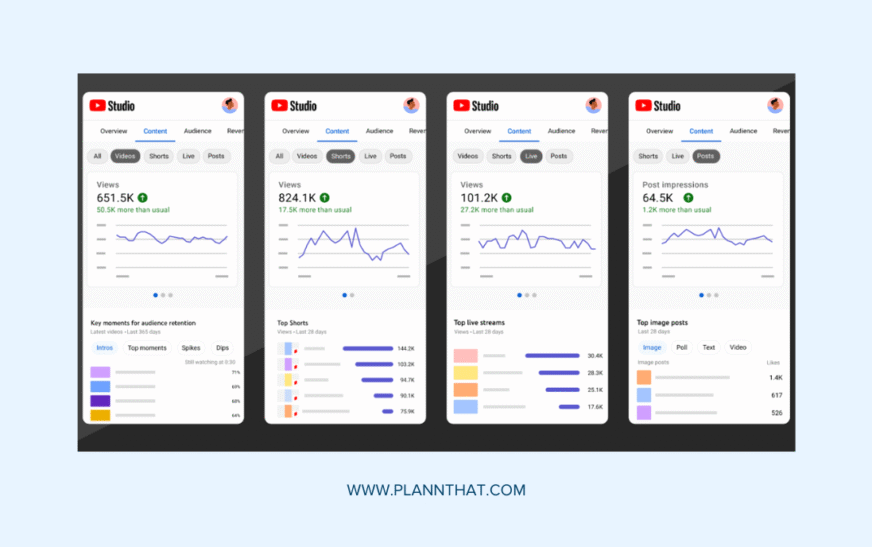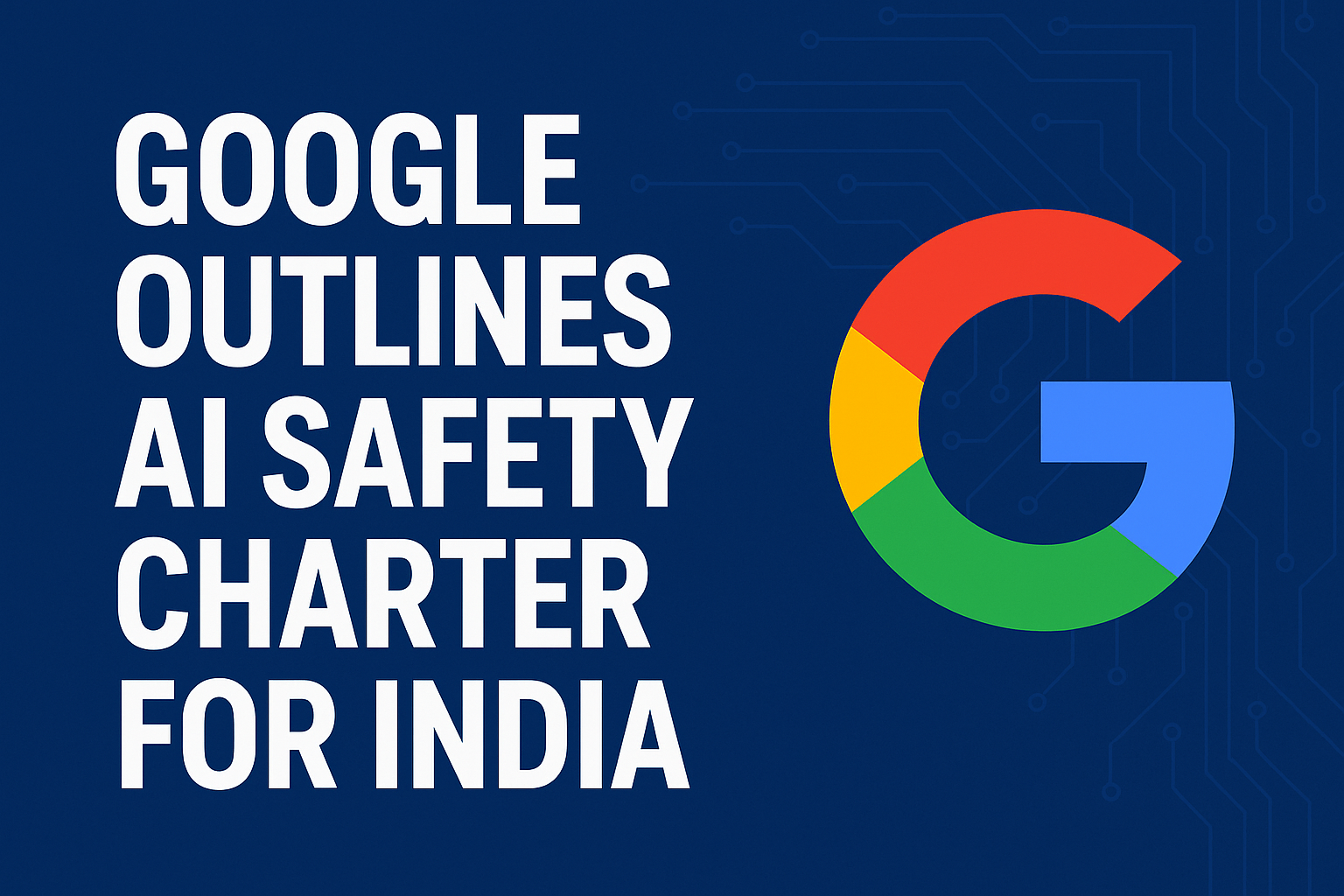Google just rolled out something big—and it’s changing the way we search.
On June 24, 2025, Google officially launched its experimental AI Mode in India, allowing users to go beyond basic keyword searches. This feature, available through Search Labs, lets you ask longer, more complex questions using text, voice, or even images, all powered by the mighty Gemini 2.5 model.
If you’ve ever wished Google could just “get” your question without needing five different searches, this update might just be your dream come true.
What Exactly Is Google AI Mode?
Think of AI Mode as search on steroids.
Here’s what it does:
1. AI-Powered Reasoning
Using the Gemini 2.5 model, Google now understands more detailed and layered questions. Instead of typing multiple short searches, you can ask one long, nuanced question and get a thoughtful answer.
Example: “Best weekend getaways from Delhi under ₹10,000 with scenic views and local food?”
With AI Mode, Google breaks it down, finds answers to each part, and gives you one clean result—with sources.
2. Multimodal Search
This is where it gets fun. You can search by:
- Speaking into your mic
- Typing your query
- Uploading an image via Google Lens
Snap a photo of a plant and ask how to care for it. Take a pic of a menu and ask what’s popular. Google gets it.
3. Smart Query Breakdown
Known as “fan-out,” this feature splits your complex query into sub-questions, finds the best answers for each, and combines them into a clear, helpful summary—plus clickable links.
4. Follow-Up Prompts
Ask a question, get a reply, then keep going. The AI remembers context. So you could ask:
“Budget travel tips for Japan?”
Follow-up: “What about for solo travelers in spring?”
Why Is This Launch So Important for India?
India is Google’s second-largest market, and voice search here is booming. A huge number of users prefer to speak their queries rather than type them. With this in mind, AI Mode supports both English and Hindi (in progress), and works perfectly with voice and image input.
For India, this means:
- Faster answers with less effort
- Support for regional use cases
- Multilingual adaptability coming soon
This isn’t just a feature—it’s a leap forward for how millions of Indians use Google daily.
How to Enable Google AI Mode in India
You won’t see this automatically—it’s part of Search Labs, and you need to opt in. Here’s how:
On Mobile (Android or iOS):
- Open the Google app
- Tap the “Labs” icon or search bar
- Switch to the “AI Mode” tab
- Accept terms and start exploring
On Desktop:
- Visit google.com/aimode
- Opt-in to Search Labs
- Use the “AI Mode” filter alongside “All,” “News,” and “Images”
Currently, it supports English only, but Hindi support is on the way.
Key Features at a Glance
| Feature | Benefit |
|---|---|
| Long-Form Queries | Submit layered questions with complete context |
| Voice-Based Search | Speak instead of typing—ideal for mobile or quick queries |
| Image-Based Queries | Use Google Lens for visual questions (e.g., fashion, food, products) |
| Follow-Up Responses | Ask a second question without starting over |
| Source Links | AI-generated answers include credible sources and links |
| Traditional Results | If unsure, Google still shows regular search listings |
Who Will Benefit Most?
- Students and researchers needing in-depth answers
- Shoppers comparing products or prices
- Travelers planning trips and bookings
- Parents looking for ideas, tips, and solutions
- Content creators & marketers watching search behavior shift
What Does This Mean for SEO?
This is where things get interesting—and a bit tricky.
1. Click-Through Rates May Drop
Users get answers up front. They may not click through to your site as often—unless your content is directly linked or cited.
2. Visibility Shifts
Featured snippets, structured content, and clean answers will be pulled more often by Google’s AI for use in summaries.
3. Citations Are Key
Google is making it a point to cite sources—so if your content is clear, authoritative, and well-formatted, you can still earn traffic.
4. Structured Data Matters
Using schema, FAQs, and clean formatting helps Google “read” your site better. Think: summary boxes, bullet lists, and direct answers.
Real-Life Use Case
Let’s say you search:
“Best budget resorts in Goa with beach access and free breakfast under ₹5,000”
AI Mode will:
- Find beach resorts in Goa under ₹5K
- Check if they offer breakfast
- Link to booking pages
- Highlight guest reviews or travel blogs
You can then follow up with:
“Are these kid-friendly?”
And AI Mode will update your answer.
Limitations (For Now)
While promising, AI Mode is still experimental. Here’s what to expect:
- Only English supported (Hindi rollout expected)
- Occasional inaccuracies—Google still shows normal results if it’s unsure
- Not all queries return summaries—some revert to standard search
- Traffic dips for some publishers—AI answers reduce page clicks unless cited
What’s Next for Google AI Search?
Google plans to:
- Add more Indian languages
- Refine AI Mode’s accuracy and bias detection
- Blend shopping and ads into AI Mode
- Move AI Mode from Labs to mainstream Google Search
This rollout in India marks Google’s first international expansion of AI Mode beyond the U.S.—and signals its vision for search worldwide.
What You Can Do as a User or Marketer
For Users:
- Try AI Mode now and test its capabilities
- Use voice or images to search more naturally
- Ask follow-up questions to explore deeply
For SEOs & Publishers:
- Monitor traffic shifts from Google Search
- Optimize content for AI answers: concise, helpful, source-backed
- Add structured data and update FAQs
- Watch for AI-driven ranking trends and new traffic sources
Google AI Mode isn’t just another update—it’s a reimagining of how we interact with search. It’s designed to help users find better answers, faster, and in more ways than ever before—text, voice, or visuals.
For everyday users in India, it’s an exciting leap forward.
For businesses and content creators, it’s a signal: evolve your content strategy—or get left behind.













